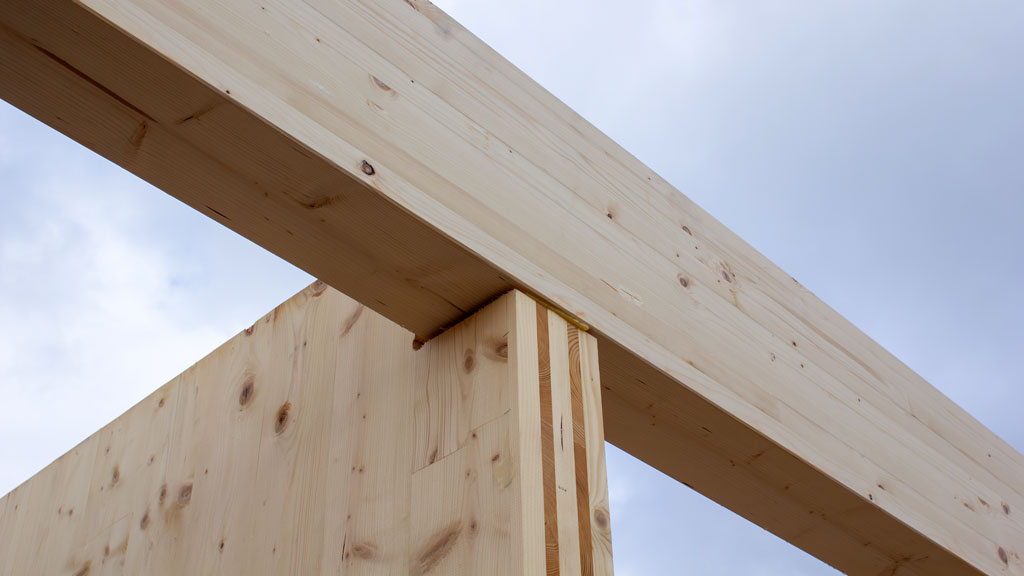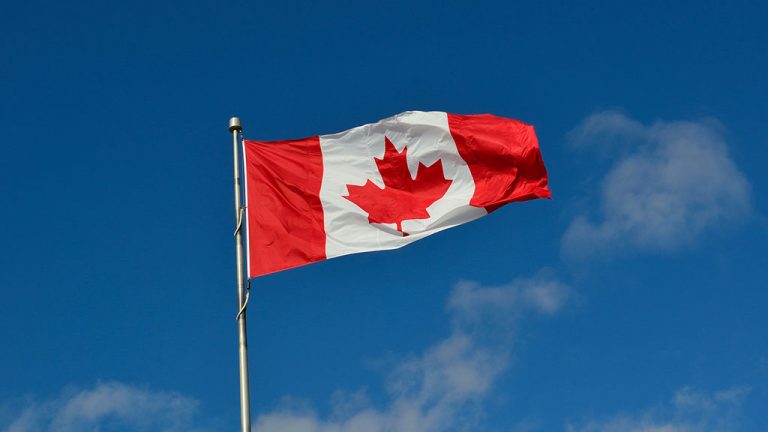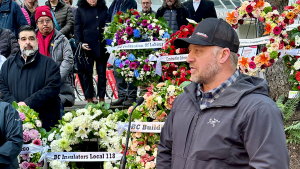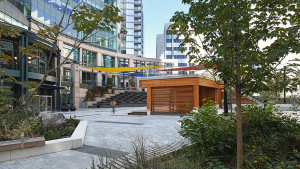New changes to the B.C. Building Code are opening up possibilities for mass timber construction, while setting out new rules for encapsulation.
Province of B.C. office of mass timber implementation technical solutions lead Cam McDonald was the presenter at WoodWorks’ recent Building Code Evolution: Understanding the Latest Mass Timber Provisions webinar, where he explained the code changes and what they mean for British Columbia builders looking into encapsulated mass timber construction (EMTC).
Under the 2024 changes to the code, McDonald said, the previous 2018 restriction of mass timber buildings to 12 storeys in height has been changed to 18 storeys with more options for mixed-use EMTC buildings of varying kinds and sizes.
“You could have a neighbourhood built out of mass timber, which is a beautiful thing,“ McDonald said.
New to the code, he said, are three tiers of assigned encapsulation ratings in EMTC buildings with varying levels of permitted combustible cladding.
The three tiers are fully encapsulated with a 70-minute encapsulation rating for tall buildings with non-combustible cladding, a 50-minute rating following current provisions and a zero-minute rating for low-rise buildings with no encapsulation.
“There’s some give and take,” McDonald said. “If you wanted more exposed wood in one place it might mean more encapsulation in another place, though that applies to buildings assigned a 50-minute encapsulation rating.”
Zero-minute rated buildings are waived from encapsulation, he added, except for vertical service spaces, exits and public corridors, which have to be encapsulated to 25-minutes for the building interior.
Some projects will also be able to use different ratings in different areas, McDonald said.
“Mixed occupancy is handled exactly the same as always, except encapsulation. We’re not reinventing the wheel regarding mixed occupancy, but there could be different ratings with mixed use,” he said.
“Up to 12 storeys, the existing 2108 rules for combustible cladding apply but anything above that has to be fully non-combustible cladding,” he added.
Encapsulation can change throughout a building depending on the purpose of a given area, McDonald said.
“A factory with office space on top, that would be upper storeys rated at zero-minute and lower storeys rated at seven-minutes,” he said.
Existing protective provisions for mass timber are still in place, he added and must be fully sprinklered, including balconies as well as protection of concealed spaces and use of Class A roof coverings.
McDonald said encapsulation shouldn’t be confused with fire resistance.
“After two hours of fire tests, a beam wrapped in gypsum comes out of the furnace with a bit of a suntan. Even in charred areas, the beam has still accomplished its purpose of fire resistance for two hours,” he said.
“But encapsulation isn’t there to serve the same purpose as fire resistance. It’s there to selectively limit how much the wood surface contributes to a fire.”
The new B.C. Building Code revisions are .











It’s time to start using hemp. Cheaper easier snd more environmentally friendly